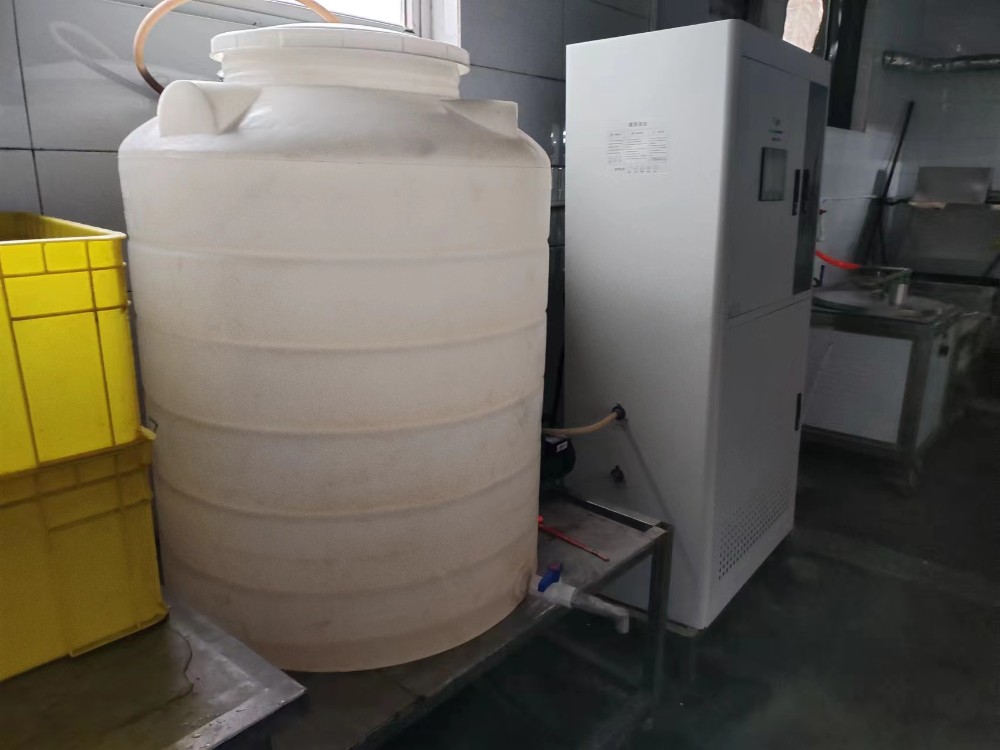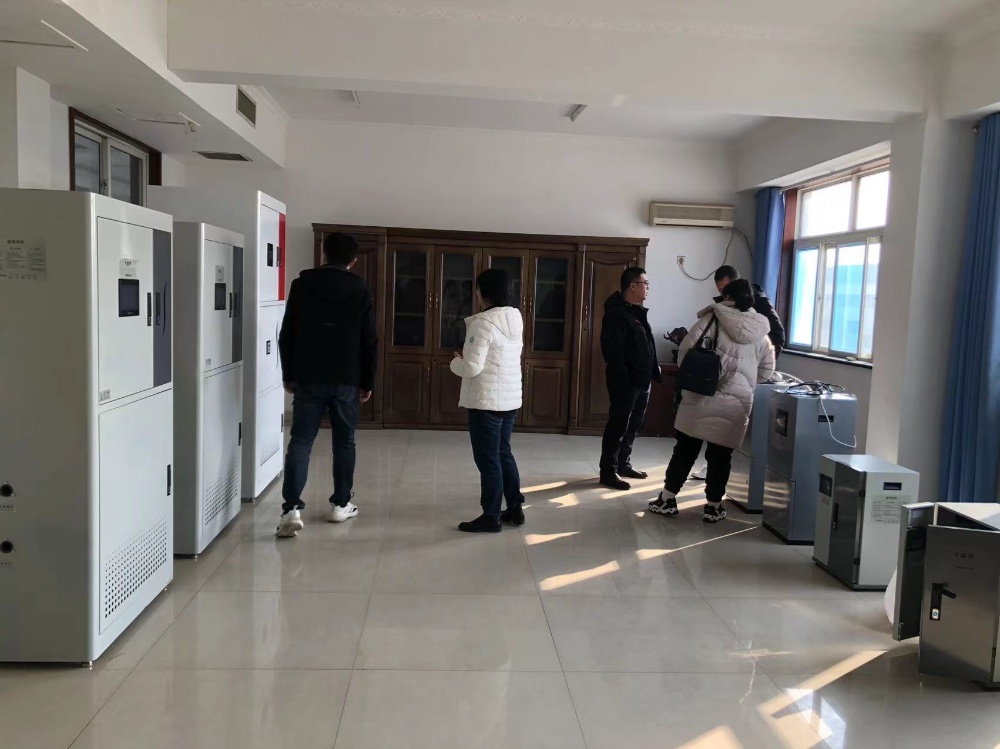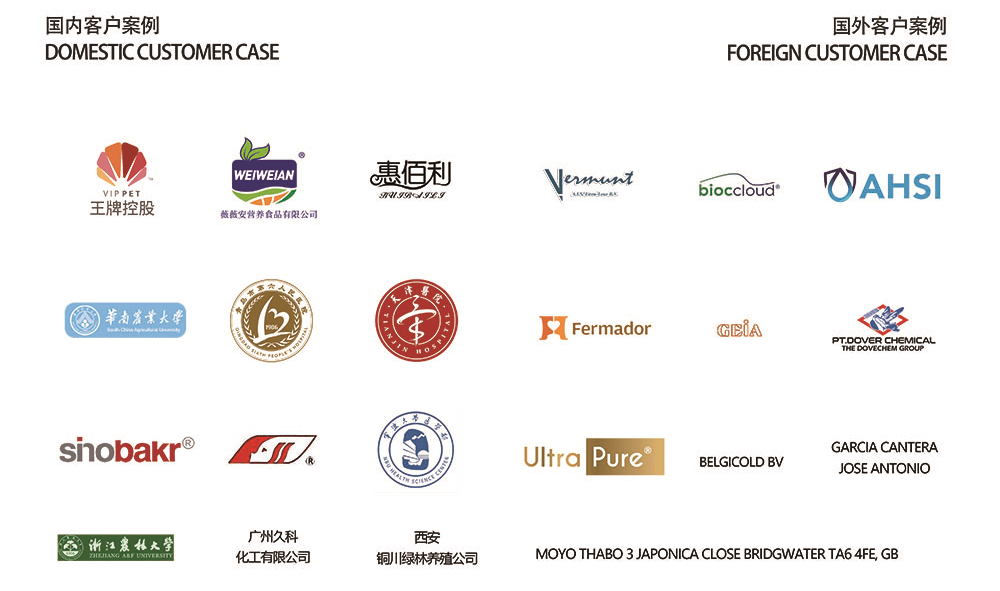How to Generate Hypochlorous Acid?
Generating hypochlorous acid (HOCl) at home or in a professional setting is a valuable skill for those seeking a powerful disinfectant. This guide will walk you through the steps and considerations involved in generating hypochlorous acid using a variety of methods and equipment, including HOCl generators and HOCl machines.

Understanding Hypochlorous Acid
Hypochlorous acid is a weak acid that forms when chlorine is dissolved in water. It is known for its powerful disinfectant properties that are effective against a wide range of pathogens. For this reason, it is widely used in healthcare, food safety and general hygiene.
Equipment Required
To generate hypochlorous acid, you will need:
HOCl generator: a piece of equipment specifically designed to produce a hypochlorous acid solution.
Hypochlorous acid machine: Another term for the equipment used to make HOCl.
Salt (NaCl) or 5% diluted hydrochloric acid solution: the main ingredient needed for the electrolysis process.
Water: Preferably distilled water to avoid impurities.
Electricity: required to power the electrolysis process.
Step-by-step guide to generating hypochlorous acid
1. Preparing the solution
First, you need to prepare a salt solution or a dilute hydrochloric acid solution. For the first, dissolve a certain amount of salt in water according to the manufacturer's instructions for the HOCl generator or hypochlorous acid machine. The ratio of salt to water may vary, so follow the directions carefully. In the second type, dilute the hydrochloric acid to a specific concentration, please consult our professional business manager for the exact ratio.
2. Setting Up the HOCl Generator
Next, inject the salt solution or dilute hydrochloric acid solution into the HOCl generator through the special tubing with the peristaltic pump. Make sure all components are securely connected. Also, check that the unit is plugged into a reliable power source.
3. Starting the Electrolysis Process
Turn on the HOCl generator. The machine will start the electrolysis process by passing an electric current through the salt solution or dilute hydrochloric acid solution. The process Salt solution electrolysis is the separation of salt into sodium hydroxide and chlorine gas, and dilute hydrochloric acid electrolysis is the electrolysis of hydrochloric acid into hypochlorous acid.
4. Monitoring the process
Most HOCl generators are equipped with indicators to monitor the process. However, it is vital to keep a close eye on the machine to ensure that it is operating properly. Our generators have intelligent control systems that can be set to the desired concentration and volume of hypochlorous acid solution.
5. Collecting the hypochlorous acid solution
When the electrolysis process is complete, the machine will produce a hypochlorous acid solution. Collect the solution in a clean, non-reactive container. On the other hand, take care not to contaminate the solution during transfer.
Safety Precautions
Consider the following safety measures when generating hypochlorous acid:
Ventilation: Ensure that the area is well ventilated to avoid chlorine buildup.
Protective equipment: Wear gloves and goggles to protect your skin and eyes from splashing water.
Storage: Store hypochlorous acid solution in a cool place to maintain its efficacy.
Applications of Hypochlorous Acid
Hypochlorous acid can be used in a variety of applications:
Healthcare: Disinfecting surfaces, medical devices and wound care.
Food Safety: Disinfecting food contact surfaces and equipment.
General Hygiene: cleaning and disinfecting homes, offices, and public places. Livestock and farming, etc.
Benefits of Using Hypochlorous Acid Generators
There are several advantages to using a hypochlorous acid generator:
Convenient: Hypochlorous acid can be easily produced on demand.
Cost-effective: reduces the need to purchase commercial sanitizers.
Environmentally friendly: Hypochlorous acid is biodegradable and safe for the environment.
Common Problems Troubleshooting
Low hypochlorous acid production
If the generator is producing less HOCl than expected, check the following:
Salt concentration or dilute hydrochloric acid concentration: Make sure the salt to water or dilute hydrochloric acid ratio is correct.
Electrical connections: Make sure all connections are secure and the power supply is stable.
Ineffective disinfection
If the HOCl solution is not effective, consider the following factors:
Concentration: Ensure that the hypochlorous acid concentration is appropriate for the intended use.
Storage: Store the solution correctly to prevent degradation.
Conclusion
Generating hypochlorous acid using a HOCl generator or HOCl machine is a practical and effective way to produce a powerful disinfectant. By following the steps outlined above, you can prepare hypochlorous acid solutions safely and effectively. In addition, understanding the equipment, process and safety considerations will help you maximize the benefits of hypochlorous acid in a variety of applications.
Adopt this cost-effective and environmentally friendly solution to keep the environment sanitary and safe.




